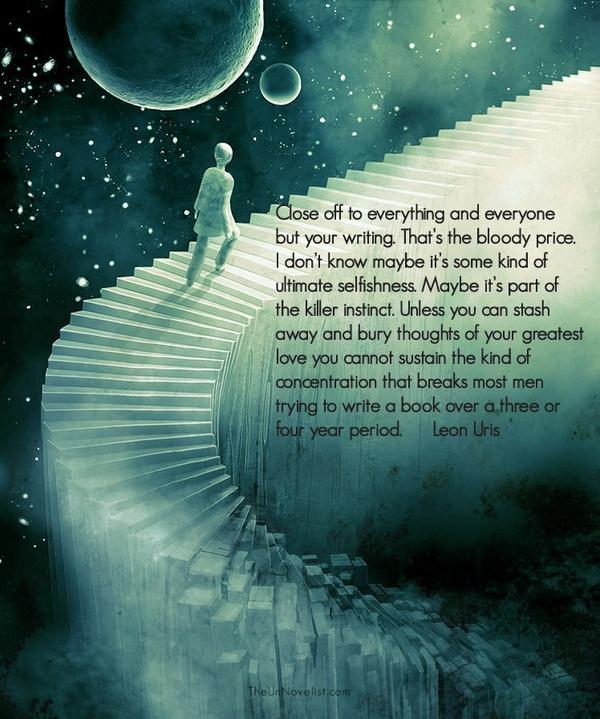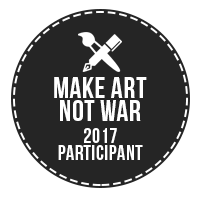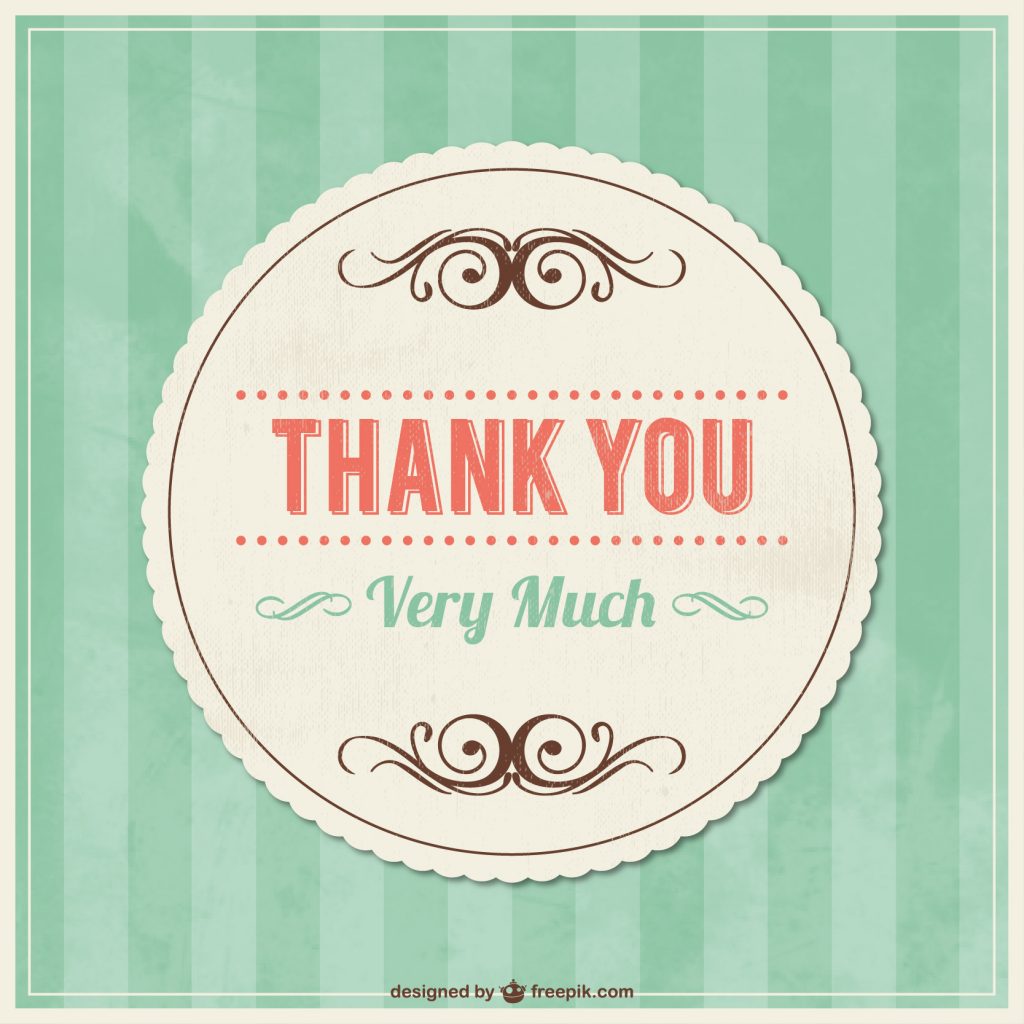![]()
It’s hard to imagine what December 2017 will be like, but thanks to 2016 we have a fight on our hands. Who we are, as a country, is no longer certain and for the first time in years our American identity is questionable. Who are we? What does it mean to be American? Is there only one type of American, and if we don’t fit that description are we no longer a part of this country? Despite this nation’s many ills, we have been innovative, brave, hard-working, creative, curious, and industrious–but much of this could be forgotten in 2017. It’s hard to understand why this is; as a nation we’re young and scrappy with compared to the rest of the world and haven’t had much time to suffer from an identity crisis. We’ve been regarded as the leader of the free world and are known for significant achievements like the invention of electricity, the internet, the foundation of the United Nations, and our NASA space program, but we’ve also got an awful history we don’t talk about very much and we struggle to have hard conversations about our past with those still suffering its effects.
America’s turbulent history is, like many countries, three-dimensional. We have hope, we have sorrow, we have joy, and we have pain borne from slavery, indentured servitude, bloody battles, and genocide. And yet, we forget all of our nation’s ills when we witness the Statue of Liberty and her burning torch, a shining beacon of hope for so many immigrants and natural-born citizens. “In America,” Liberty sings, “You can be anything. You can do anything. You are welcome here.” Confident and brash, we have always believed America is “the” land of opportunity, a realm of dreams where, if you work hard enough, you’d get what you deserved.
Of course, this isn’t true for everyone. Once reality sets in, our fantasies evaporate in a puff of smoke. When we fail or lose or don’t measure up to society’s many expectations, we’re left wondering if we did something wrong. The answer is often: we did the best we could with what we had. Unfortunately, that doesn’t stop us from questioning what we could have done; on a cellular level, we believe in the power of American individualism that’s been imprinted on us since birth. You can do anything you want, without help, because that’s how you become successful. It’s easy, if you just try hard enough.
Our belief in the American dream extends to how we view the wealthy and the powerful. Anyone who’s deemed a success, by whatever measuring stick we use, has obviously deserved that money, fame, beauty, etc. As a result, for us that person embodies the American myth; if we envy them, it’s because we picture ourselves in their place. If they can do it? We can, too. Only, that’s not often the case. Some people toil in obscurity for years and never get anywhere, while others inherit billions and walk the red carpet. Money grants power–regardless of how you get it–as does popularity. And, according to 2016, it doesn’t matter how you claim your corner of fame as long as you get in that spotlight. To get that lucrative shot, you also have to be in the right place at the right time with the right people. For whatever reason, however, whether it’s family obligations or worrying about that next bill, we can’t always do the things that grant us key opportunities no matter how hard we try. So, we make do with what we have, envy those who “made it”, and keeping dreaming that American dream.
Many of us also understand that the ability to achieve your wildest dreams is not just about who you are, who you know, and what you have, but how everyone else perceives your value, too. That ever-changing lens is often based on the color of your skin, your age, your gender, your appearance, and your body type; these thoughts are often wrapped up in a host of other people’s opinions both real and manufactured by gossip rags and this season’s fashion trends. They exist and, no matter how much we do to ignore them, we are aware that some invisible hand holds us back and it’s not true that every opportunity is available. Worse, often we feel we can’t talk about glass ceilings, because thanks to that myth of American individualism, for many those ceilings don’t exist and our real struggles are reduced to lying, whining, or being a sore loser.
The fact that Americans do not govern themselves and we are not all treated equal, dear reader, is partly why we have officials on a local, state, and national level. We elect politicians because we trust and need them to look out for us, the proverbial “little guy”, who lives on every corner of every street in America. We’ve grown up believing that our politicians, elected by the People, for the People, are supposed to pledge governance for all Americans–not just some of us. Yet, here we are at the end of 2016. We feel betrayed, because we have been deserted by politicians who have forgotten why they exist in the first place: to serve all Americans and not just themselves and “their” voters.
We understood, intellectually, that this was going to happen. We don’t have to look very far to examine the evidence: the erosion of bipartisanship over the past two decades, the power grabs by state governors, the foot-stomping in Congress, the endless conspiracy theories about President Obama, etc. We knew that it was possible for a President to hold office who also shares those same, self-serving ideologies as our local and state politicians, but deep down we didn’t think it was. For those of us who didn’t vote for Trump, we thought that the betrayal our British allies felt after Brexit wouldn’t happen here, but it did.
Now, on a national level, regardless of what the President-Elect does or doesn’t do after he’s inaugurated, we will be forced to ask ourselves hard questions about who we are both as a country and as individuals–and that “we” includes Trump supporters. Why? Because, regardless of whether or not you believe that your “side” won, politicians are supposed to compromise and work towards by-partisanship because they govern all American citizens–not just the ones who agree with them. Right now, I do not believe this (bipartisanship) will be a goal for this presidency, because it hasn’t held true in Wisconsin, Michigan, North Carolina, etc. Only “some” benefit, and if you don’t agree with their policies and exercise your constitutional right to protest, you’re clearly an enemy just for being who you are and deserve to be hurt. Why? For so many who are crushed under the weight of American individualism, their lack of success isn’t the fault of the system or economic inequality, it’s your fault. Either they don’t see themselves in you and they’re afraid to admit it, or you have something they feel they deserved. The accessible target, are always the easy ones to blame.
America is not broken because of our diversity; we are beautiful and prosperous when we embrace it. The stories we all share are what give me hope, what makes me proud to be an American. I know who I am, and your stories do not threaten my identity–they inspire me to be a better human being. Now, at the end of a soul-shattering year, I am left with more questions than answers because my faith in this country has been shaken. Can we, as a nation, be successful despite our many differences because we are all Americans in the end? Right now, my answer would be: “I don’t know.” If our politicians won’t fight for all of us, then who will? What happens when our country defaults to ideological purity and millions of Americans become “one of them”? And who is “them”, anyway? Is it a moving target dictated by your identity and your beliefs rather than your actions? When someone is attacked, either verbally or physically, right in front of us–will we step up or step aside? Will we make different choices because we internalized a stranger’s value is less than because we don’t share their identity? Will we seek change when we recognize what biases we’ve internalized? What happens when the infighting between those of us classified as “them” gets so bad you’d rather hide or run away or join the “winning” side than take a stand because you’re being attacked by people you agree with?
If these questions feel overwhelming, it’s because they are. If you fear that our identity as Americans is in trouble, it’s because it is. In the end, the one soul-searching, gut-wrenching question we’re forced to ask is this: “What can I do?”
My answer isn’t a set of actions, but a promise. “I will do the best I can with what I have, for as long as I can.”
So long 2016, and thanks for nothing.
- Mood: Reflective
Caffeinated Beverages Consumed: Too many, sooooooo many.
Work-Out Minutes Logged Yesterday: Bwahahahahaha!
In My Ears: Fish tank!
Game Last Played: Dragon Age: Inquisition
Book Last Read: References for work.
Movie/TV Show Last Viewed: Captain America: Civil War
Latest Artistic Project: Make Art Not War 2017 Challenge and Rules
Latest Releases: Read my end-of-the-year list of releases for an overview of what I’ve put out for 2016. Check out Upside Down: Inverted Tropes in Storytelling and, if you like it, consider leaving a review.
Current State of Projects: Read my latest project update.





